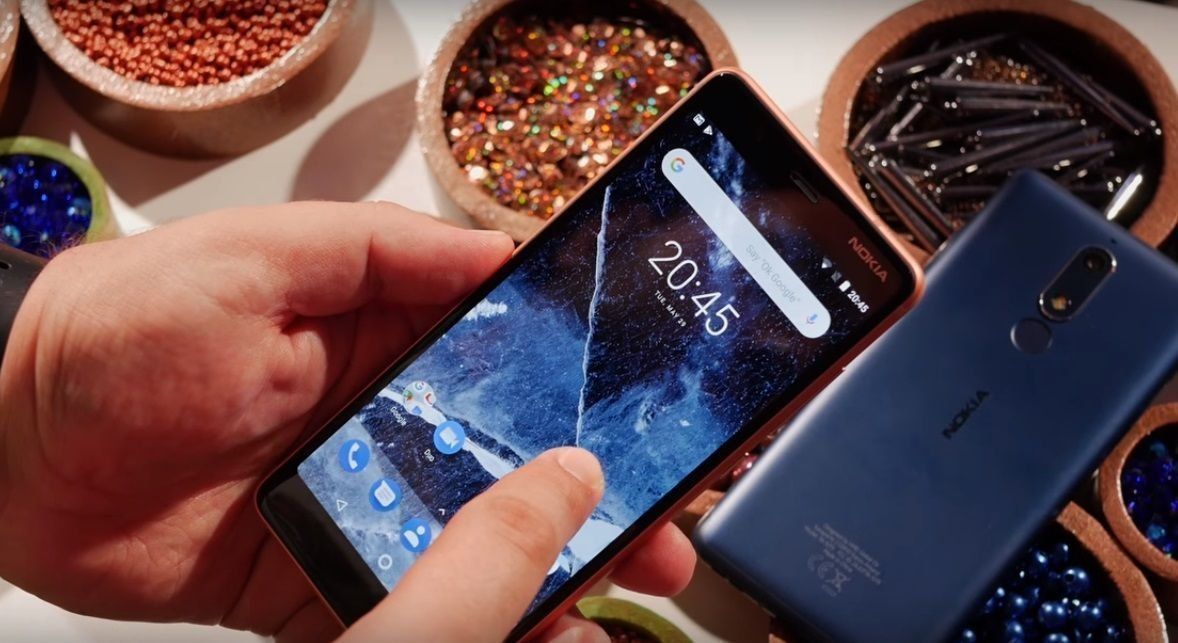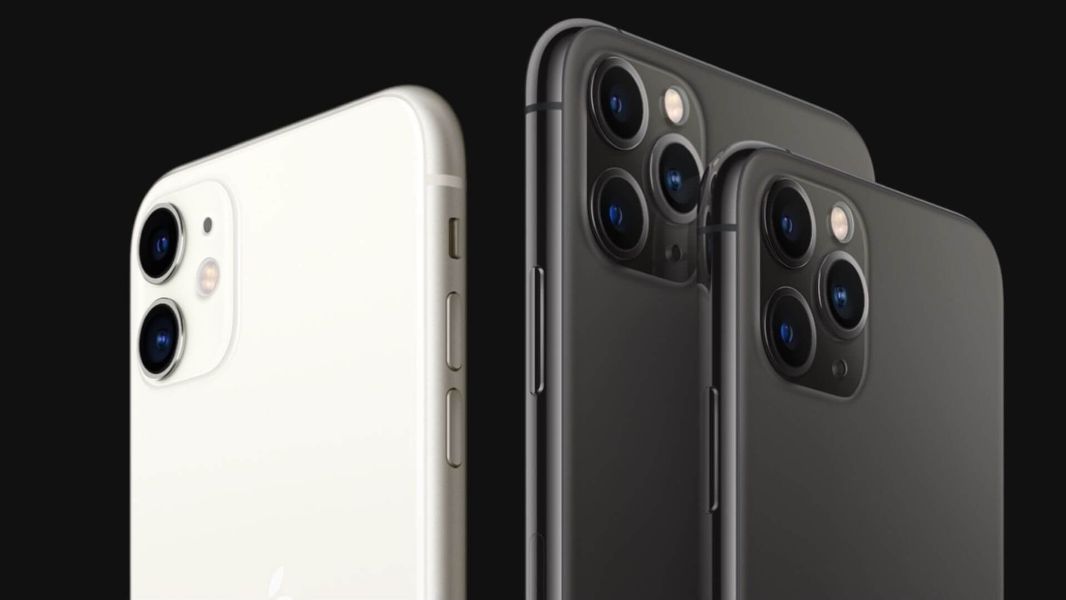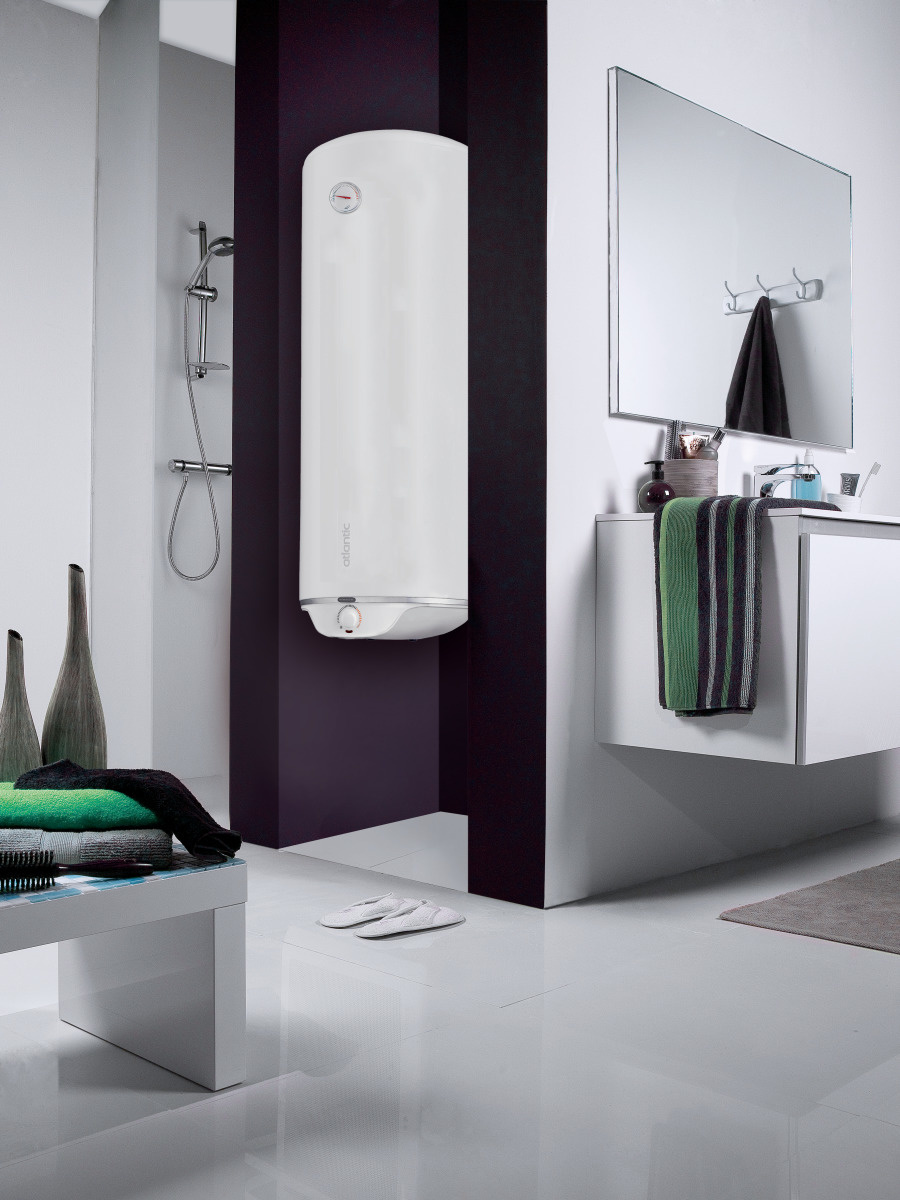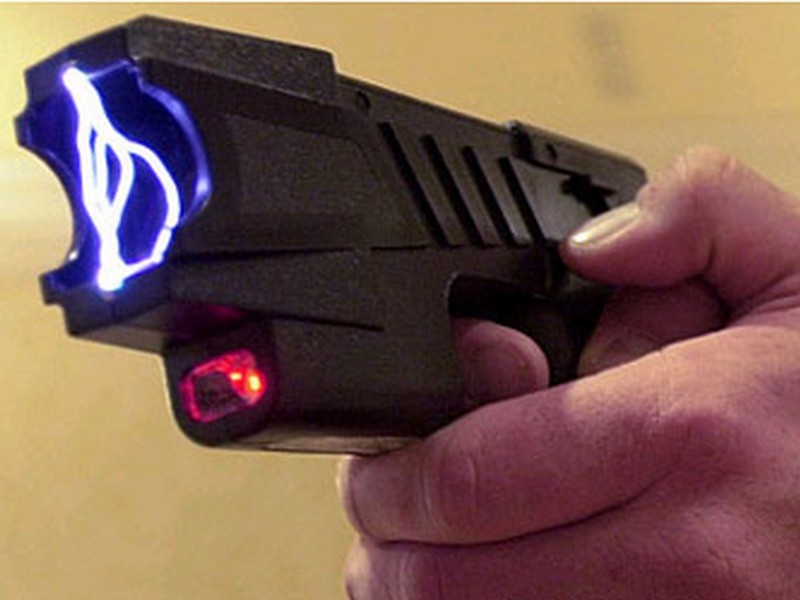Ranking of the best patient monitors for 2024
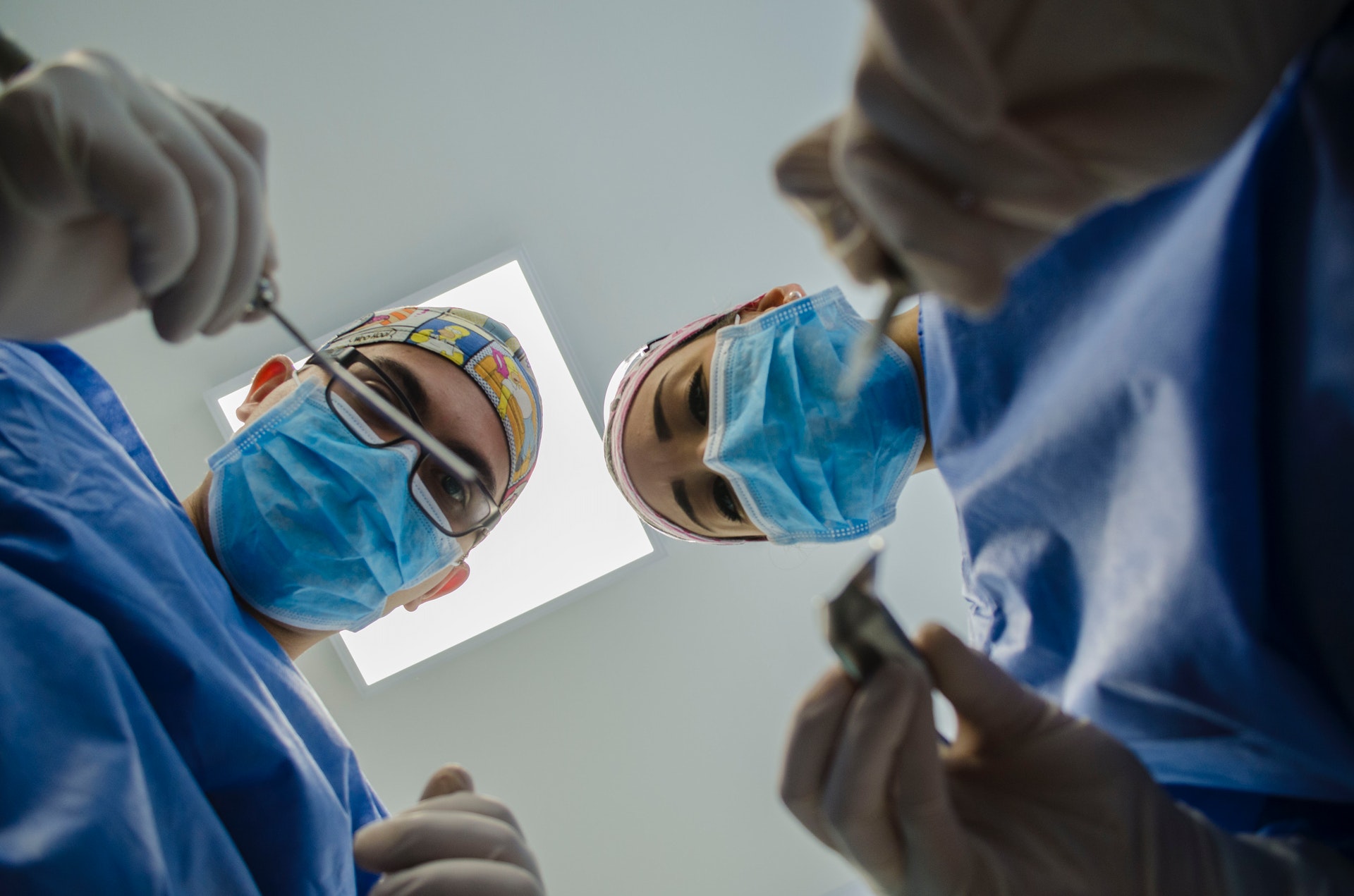
In the intensive care unit, operating room, as well as in intensive care units, the patient's vital signs should be monitored. This requires precise and reliable equipment. For continuous monitoring of the patient's condition, a patient monitor is required.
What is a patient monitor
A patient monitor is a high-tech device that helps to monitor changes in one or more parameters of an operated person or a seriously ill patient. It can also be used to assess the effect of anesthesia, artificial ventilation and control during emergency care. This device helps to carry out early diagnosis of complications during ventilation of the lungs or anesthesia, this enables doctors to take action and resolve the issue before the patient's condition is critical.

The patient monitor consists of the monitor itself and the measuring units. Meter blocks are used to collect information and then display the metrics. Monitors differ in their size, the amount of information that will be visible on the screen will depend on this parameter. Devices that are designed to perform quick operations with the interface have a touch screen. Modern devices are suitable for monitoring people of all ages - from newborns to old people. Due to the fact that many devices are combined here, the doctor can easily control all the parameters of the patient. So devices can have a built-in battery, pressure sensors, measure the pulse, body temperature, measure the pharmacological dose and even have a thermal printer.
Types of patient monitors
This medical equipment can be classified according to several parameters. First of all, they should be divided into three large groups: bedside, transport and operating rooms.
Bedside devices are used in intensive care units, hospitals and intensive care units. With their help, the great value of graphic channels is displayed, and, depending on the institution, they can be supplemented with additional blocks or modules. Also such monitors can be divided into two groups: modular and monoblock. The first option comes with different measuring units, which can be changed or supplemented during use. Depending on the specific situation, they can be configured to solve specific problems. For this reason, they are more expensive and larger in size. Monoblock devices are smaller and less expensive than modular devices.The tasks that the device can handle are laid down during assembly and cannot be changed in the future. If necessary, it will be impossible to change the functionality of the device, because of this they are cheaper and have a compact size. So bedside devices differ not only in price and size, but also in accuracy, breadth of measurements, range and sensitivity. The main capabilities of such devices are measurement of blood pressure, pulse, rate of respiration, blood oxygen saturation, as well as detection of arrhythmias. Information will be displayed on the monitor depending on its initial settings, in addition, it is possible to hide information that is unnecessary at the moment. Devices used in intensive care units have the ability to synchronize with a defibrillator. This allows you to monitor the patient's condition during the use of the shock, as well as receive data on the defibrillator settings.

Transport models are used in ambulances. They are portable devices that can operate both from a battery and an on-board network. With their help, doctors can monitor the basic vital signs of the patient: blood pressure, respiratory and pulse rate, the occurrence of arrhythmias. Great reliability and durability are required from such equipment. In addition, transport devices must have vibration protection, water resistance, the ability to suppress extraneous noise, operate in different temperature conditions and transmit data to other devices. With their help, the patient is provided with the necessary assistance in transporting him to a medical institution and eliminating any complications along the way.
In operating departments, specialized monitors are used. With their help, doctors can not only monitor the vital signs of the patient, but also the level of exposure to anesthesia. Such devices control the amount of anesthetic gases, which makes it possible to make it economical.
Criterias of choice
This medical equipment is an important part of any clinic. Today, more than a dozen companies are engaged in the production of patient monitors, and each of them deserves the attention of doctors to present such equipment, because they all have their own characteristics that must be taken into account when buying.
Considering inexpensive options, you will notice that their functionality allows you to track only the most important vital signs. And in the future, it will be impossible to expand the capabilities of technology. Expensive options are suitable for certain departments, their functionality lends itself to expansion. Therefore, before buying, you should think about which functionality will be more in demand. Usually, more attention is paid to blood pressure, heart rate and respiration, as well as ECG. For this reason, it may be suitable when several monitors with limited functions will be installed in the room. But this option is not suitable for pediatric resuscitation or during monitoring of a patient in a very serious condition.

In addition, you should pay attention to other selection parameters. The most important criteria should be durability and reliability. After all, this equipment will be used continuously. Moreover, it will reflect all the important changes taking place in the body. There are models on sale that can work for several days and fail. And this will affect the vital signs of the patient, and may even lead to premature death. Therefore, preference should be given not only to a trusted manufacturer, but also to a reliable store.An unreliable seller can sell a fake very similar to the original at low cost.
Since all vital signs will be monitored using this monitor, special attention should be paid to the accuracy of the device. A reliable manufacturer in his technique uses only high-quality parts that will not raise doubts when taking indicators. Incorrect reading of indicators can be fatal, since in this case, doctors will make the wrong diagnosis and perform inappropriate manipulations.
Also, to ensure the reliability of the device, it should be tested in extreme situations. Indicators should not change in the presence of vibration, temperature drops or atmospheric pressure.
Don't forget about equipment design. And now we are not talking about the beauty of the device. No, it should be compact and self-contained. The ergonomic design makes it easy to transport the patient without disconnecting the equipment from one department to another or from the operating room to the ward. At the same time, you cannot turn off the device; vital indicators must be constantly monitored.
Consumables and accessories for your monitor should be available. This includes sensors, special printer paper, calibration gas, and other required materials. If these elements are not available for sale, then it makes no sense to buy a monitor from this manufacturer.
In addition, in order not to make a mistake with the purchase, it is better to visit medical forums. There you will have the opportunity to get real reviews from experts and be confident in your purchase.
Best Low Cost Patient Monitors

Armed PC-900s
This model is a multifunctional bedside monitor. With its help, you can determine and calculate the heart rate, blood oxygen saturation level. This data will be displayed on the LCD monitor, and the SpO2 curves will also be displayed there. To make the control comfortable, the manufacturer has provided convenient buttons and bright light indication. To avoid errors in the operation of the device, there is an alarm system that is triggered when they occur.
Before starting the device, you should choose one of the age groups: newborn, child or adult. Besides "Armed PC-900s" has a memory function. It can memorize up to 300 of the last measurements or the indicators of the last hundred patients, which is very convenient for comparing patient indicators.
"Armed PC-900s" can operate both from the mains and using a battery. The device measures 18 * 28 * 20 cm and weighs 3.4 kg. The average cost is 45,000 rubles.
- Possibility to work from mains and battery;
- Convenient management;
- Memory availability;
- Selection of the patient's age category;
- Operation error signal.
- Compact size.
- Small functionality.
Dixon Storm 5300
This model of medical equipment can be used in various departments of the clinic, with its help, it is possible to monitor the condition of both an adult patient and a child or newborn.
The Dixon Storm 5300 has a 5.7-inch LCD screen. The screen simultaneously displays curves and numerical indicators of the required parameters. Also, for the convenience of the patient, the manufacturer has provided a button for calling the nurse. There is a built-in memory to record the results obtained, and the data can also be saved to a flash card.
"Dixon Storm 5300" can be operated from the mains and from the built-in battery. The battery capacity allows the device to work for 4 hours. This device can be mounted on a wall with the ability to rotate the screen, as well as mounted on a stand. The manufacturer has provided several types of equipment for the device. At the request of the buyer, you can make a complete set for a newborn, as well as add a module for measuring body temperature. In addition, there is a built-in thermal printer.
The size of the "Dixon Storm 5300" is 17.4 * 23.5 * 18.9 cm, and the weight with the battery does not exceed 3.5 kg.
The average cost is 43,000 rubles.
- Selection of the patient's age category;
- Battery powered;
- Various mounting options;
- Screen backlight control;
- Small size and weight.
- Not found.
Dixon Storm 5600-01
A distinctive feature of the Dixon Storm 5600-01 is a large screen diagonal, on which up to seven curves can be displayed simultaneously. All the parameters displayed are quite bright, which allows you to take readings from any angle.
With the help of "Dixon Storm 5600-01" you can monitor the patient's breathing rate, measure the pulse, do an ECG, and monitor the level of oxygen in the blood. In addition, the device allows you to monitor NIBP, cardiac output, body temperature, IAD, capnometry. There is a gas module that allows you to control the level of anesthetic gases. It shows the amount of gases on inhalation and exhalation, which will be very useful for anesthesia.
The Dixon Storm 5600-01 can be operated both from an electrical network and from a battery. A full battery charge will last for 4.5 hours of device operation. The device is also equipped with indicators that show the battery charge, mains power and alarm. There is also an audible alarm. For the convenience of the patient, there is a "nurse call" function.
The average cost is 75,000 rubles.
- Durable body;
- Large screen;
- Functional;
- The ability to switch from bed to bed.
- The information is only kept for 4 days.
The best patient monitors in the mid-range
Armed PC-900f
With the help of "Armed PC-900f" it is possible to monitor such vital parameters as blood pressure, heart rate, body temperature, blood oxygen saturation level, respiration rate and others.
This model has a large screen and simple controls. All necessary buttons are located on the front of the device. All indicators displayed on the screen are displayed in real time. In addition, up to 12 main parameters can be observed on the screen simultaneously. With the help of "Armed PC-900f" it is possible to carry out ECG monitoring, while it is possible to select certain leads.
The device is equipped with audible alarms. It is possible to set a certain value of the indicators, and when they are exceeded, there will be an audible alarm. There is also a sound pulse signal. The Armed PC-900f memory allows you to store up to 400 of the latest readings. The operation of the defibrillator and electrosurgical equipment does not affect the operation of the device, which makes it possible to use it in the operating room.
The size of "Armed PC-900f" is 27 * 32 * 15 cm, while the screen has a diagonal of 31 cm. The weight of the device is 5.8 kg. "Armed PC-900f" can operate from the mains or from the built-in battery. When the battery is low, a special icon and light indication will appear on the screen.
The average cost is 95,000 rubles.
- Suitable for any age group;
- Large screen size;
- Memory;
- Display up to 12 indicators.
- The battery only lasts for 2 hours.

MITAR-01-R-D
With the help of "MITAR-01-R-D" it is possible to monitor five vital parameters of a patient: ECG, blood pressure, body temperature, SpO2, PG. This device can be used in the intensive care unit, operating room, intensive care unit, as well as in ambulances.
The screen "MITAR-01-R-D" has a diagonal of 10.4 inches, its brightness will change automatically depending on the level of lighting in the room. Which is very convenient for taking indicators. Up to 9 curves can be displayed on the screen, it is also possible to output curves to any place on the screen. The device has the ability to configure up to 10 user modes with their subsequent storage in memory. Also, the memory of "MITAR-01-R-D" allows you to save up to one hundred events. In addition, alarm events and the presence of arrhythmias can be saved manually or automatically. MITAR-01-R-D has calculators for drug doses, ventilation, oxygenation, hemodynamics and renal function.
The size of "MITAR-01-R-D" is 27.6 * 16 * 25.5 cm, and the weight without additional accessories is 3.6 kg. The device can be powered by mains or battery.
The average cost is 108,000 rubles.
- Screen size;
- Automatic backlight adjustment;
- Can be used in operating rooms, ambulances and intensive care units;
- Availability of calculators.
- Lack of thermal printer.
The best premium patient monitors
IMEC 8 MINDRAY
This device is intended for use in intensive care units and intensive care units. "IMEC 8 MINDRAY" allows you to measure the respiratory rate, ECG, blood pressure, heart rate, SpO2. The device detects changes in the heart rate, calculates the dosage of drugs, and in addition, it works with the indicators of the 3T segment.
During operation, "IMEC 8 MINDRAY" records and sorts indicators, so it is easier for a specialist to observe the dynamics of treatment and make adjustments to the treatment.
The design of the device is convenient to use and carry. It has a foldable handle that makes it easy to carry the device from place to place. Also, during operation, it consumes much less energy, which will not only save power consumption, but also prolong autonomous operation.
"IMEC 8 MINDRAY" has a touch screen with a diagonal of 8.4 inches. The manufacturer has provided indication of power supply, battery charge, as well as an alarm signal.
The average cost is 160,000 rubles.
- Touch screen;
- Calculates the dosage of the drug;
- Economical energy consumption;
- Design.
- Not detected.
BeneView T1 Mindray
This model is a modern mobile and multifunctional device that has the ability to monitor vital signs even in emergency conditions. It can be used in intensive care units, operating rooms, intensive care units, and in ambulances. The main feature of BeneView T1 Mindray is data exchange capability.
The screen has a diagonal "BeneView T1 Mindray" 19 inches and touch control. There is a synchronization mode that allows the device to connect to other bedside devices and monitor from the nurse's station. Also BeneView T1 Mindray has a special handle that can be used for transporting the device and as an adapter. The device can store the received data in the form of tables and graphs for 5 days.
BeneView T1 Mindray operates on AC and battery power. A full charge of the battery lasts for 5 hours of continuous operation.
The average cost is 175,000 rubles.
- Works in emergency conditions;
- Large screen with touch control;
- Can be used as a central station;
- Battery capacity.
- High price.
IMEC 12 Mindray
Such a device allows you to monitor all important indicators of a patient's life. The screen of the device has a diagonal of 12 inches and touch control. Up to 8 curves can be displayed on the screen at the same time. There is also a built-in three-channel thermal printer. Data transfer from the device is carried out via a USB port or via Wi-Fi.
The IMEC 12 Mindray memory can store 1000 blood pressure measurements, 100 alarms, wave measurements will be stored for two days, and tabular and graphical trends for five.
"IMEC 12 Mindray" has quick access buttons thanks to which simple control of the device is carried out. The monitor is ergonomically designed and lightweight for easy portability and transportation.
The average cost is 240,000 rubles.
- Instant reaction to the slightest changes in vital signs;
- Ability to copy data from one to another device;
- Simple controls;
- Low energy consumption;
- Up to 4 hours of battery life.
- High price;
- Hard to find on sale.
Conclusion
Any healthcare facility should have a patient monitor. With its help, it will be possible to better control the health of a sick person, especially if he is in critical condition.Also, with their help, it will be easier to correct the therapy. The higher the cost of such equipment, the more opportunities the specialist will receive. In addition, high-quality products will give an instant reaction to the slightest changes in performance. The high quality of the models presented in the rating is beyond doubt. Their production is carried out by companies proven over the years, which give a long warranty for the device.
new entries
Categories
Useful
Popular articles
-

Top rating of the best and inexpensive scooters up to 50 cubic meters in 2024
Views: 97661 -

Rating of the best materials for noise insulation for an apartment in 2024
Views: 95022 -

Rating of cheap analogues of expensive drugs for flu and colds for 2024
Views: 91751 -

The best men's running shoes in 2024
Views: 87681 -

Top ranking of the best smartwatches 2024 - price-quality
Views: 85091 -

Best Complex Vitamins in 2024
Views: 84801 -

The best dye for gray hair - 2024 top ranking
Views: 82406 -

Rating of the best wood paints for interior use in 2024
Views: 77202 -

Ranking of the best action cameras from China in 2024
Views: 75269 -

Rating of the best spinning reels in 2024
Views: 74827 -

The most effective calcium supplements for adults and children in 2024
Views: 72463 -

Top rating of the best means for male potency in 2024 with a description
Views: 68296



